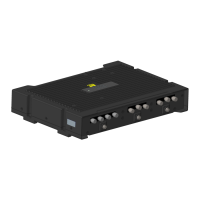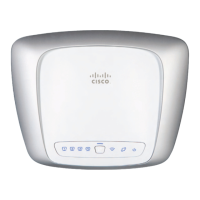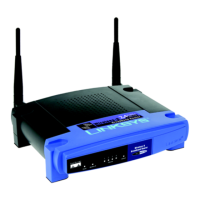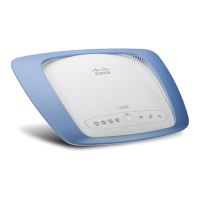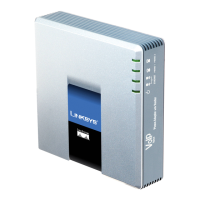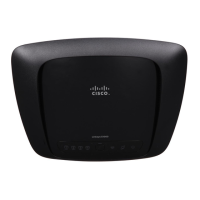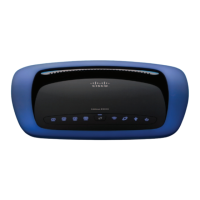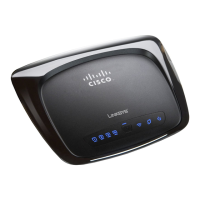11-10
Catalyst 3750 Switch Software Configuration Guide
OL-8550-02
Chapter 11 Configuring Interface Characteristics
Using Interface Configuration Mode
When the IP services image is running on the stack master, the switch supports two methods of
forwarding traffic between interfaces: routing and fallback bridging. If the IP base image is on the stack
master, only basic routing (static routing and RIP) is supported. Whenever possible, to maintain high
performance, forwarding is done by the switch hardware. However, only IP Version 4 packets with
Ethernet II encapsulation can be routed in hardware. Non-IP traffic and traffic with other encapsulation
methods can be fallback-bridged by hardware.
• The routing function can be enabled on all SVIs and routed ports. The switch routes only IP traffic.
When IP routing protocol parameters and address configuration are added to an SVI or routed port,
any IP traffic received from these ports is routed. For more information, see Chapter 35,
“Configuring IP Unicast Routing,” Chapter 40, “Configuring IP Multicast Routing,” and
Chapter 41, “Configuring MSDP.”
• Fallback bridging forwards traffic that the switch does not route or traffic belonging to a nonroutable
protocol, such as DECnet. Fallback bridging connects multiple VLANs into one bridge domain by
bridging between two or more SVIs or routed ports. When configuring fallback bridging, you assign
SVIs or routed ports to bridge groups with each SVI or routed port assigned to only one bridge
group. All interfaces in the same group belong to the same bridge domain. For more information,
see Chapter 42, “Configuring Fallback Bridging.”
Using Interface Configuration Mode
The switch supports these interface types:
• Physical ports—switch ports and routed ports
• VLANs—switch virtual interfaces
• Port channels—EtherChannel interfaces
You can also configure a range of interfaces (see the “Configuring a Range of Interfaces” section on
page 11-12).
To configure a physical interface (port), specify the interface type, stack member number, module number,
and switch port number, and enter interface configuration mode.
• Type—Fast Ethernet (fastethernet or fa) for 10/100 Mbps Ethernet, Gigabit Ethernet
(gigabitethernet or gi) for 10/100/1000 Mbps Ethernet ports, 10-Gigabit Ethernet
(tengigabitethernet or te) for 10,000 Mbps, or small form-factor pluggable (SFP) module Gigabit
Ethernet interfaces.
• Stack member number—The number that identifies the switch within the stack. The switch number
range is 1 to 9 and is assigned the first time the switch initializes. The default switch number, before
it is integrated into a switch stack, is 1. When a switch has been assigned a stack member number,
it keeps that number until another is assigned to it.
You can use the switch port LEDs in Stack mode to identify the stack member number of a switch.
For information about stack member numbers, see the “Stack Member Numbers” section on
page 5-6.
• Module number—The module or slot number on the switch (always 0 on the Catalyst 3750 switch).
• Port number—The interface number on the switch. The port numbers always begin at 1, starting with
the far left port when facing the front of the switch, for example, fastethernet1/0/1 or
gigabitethernet1/0/1. If there is more than one interface type (for example, 10/100 ports and SFP
module ports, the port numbers restart with the second interface type: gigabitethernet1/0/1.
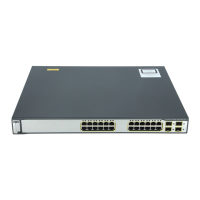
